Tile is practical, stylish, and modern if you live in a busy home. It is also simple to maintain and long-lasting or howscape all problems of somewhere like a stair.
For interior staircases, porcelain and natural stone tile work best, while ceramic tile can also be used. Thanks to porcelain or natural stone tile, your home will have a more rustic feel, which also offers high-traffic areas a long-lasting surface.
Your tiled staircase will still be in good shape even after your children have left the nest. To correctly begin tiling your hardwood stairs, you have two options: hire a professional tiler or do it yourself. You may find all the details you require to get going right away in the section below.
- Can interior stairs be tiled?
Unluckily, many people are unaware that they have this option and miss out on a highly trendy interior design decision. There is no denying that tile looks amazing on interior wooden stairs.
Wooden stairs can be covered with interior tile in a wide variety of patterns and designs to match the rest of your house, but there are other benefits to doing so besides aesthetics.
The tile is incredibly resilient and simple to keep clean. Since stair tile wipes away quickly and is durable enough to last years of use, you can stop worrying about your kids coming upstairs in their shoes.
The quick answer is that, as long as you pick the right materials and do the tile installation correctly, it is perfectly viable to install tile on your internal staircase. The weight of the tile won’t harm your wooden steps or cause them to fracture or break from foot traffic.
- Advantages Of Stair Tiling
You need to find a solution for your internal stairs, whether you just moved into a new house or want to renovate.
Even though the wood is famously challenging to preserve, leaving them naked would quickly harm them. What about tile, then?
First of all, ceramic tiles look nice, and you can pick designs that go with a new idea for your house. It is also durable; if your stairs get a lot of traffic, you can be confident that the tile will withstand the strain for many years, just as it does in your kitchen or patio.
If you want tough, long-lasting stair tile, porcelain is a superior option, although ceramic tiles may still be easily replaced if they fracture at the edge. The advantage of stair tile over carpet is that it is considerably simpler to clean up spills or debris.
- Tiling Interior Stairs
- Buy the right tiles and sealants in step one.
Your staircase would look fantastic with tile, but you must choose wisely at first. Before you begin tiling, make sure you choose the best material.
Porcelain, ceramic, or natural stone are often your options. Make sure to select the appropriate sealant for the job; it should offer protection from water and grease.
This protection is provided by Lithofin KF, which is likely the best sealant option for interior staircases (ceramic tiles and grout).
Before applying a sealant to the edge of the surface, make sure it is clean, dry, and smooth to achieve the best coverage and strength.
- Step 2: Get Stairs Ready to Install Tile
You don’t want to experience tile issues later on as a result of improper stair preparation.
A cracked tile on your vertical backboard due to an uneven surface or an expansion of the wood are frequent problems brought on by being unprepared, so use a spirit level to check that the edge is even and smooth.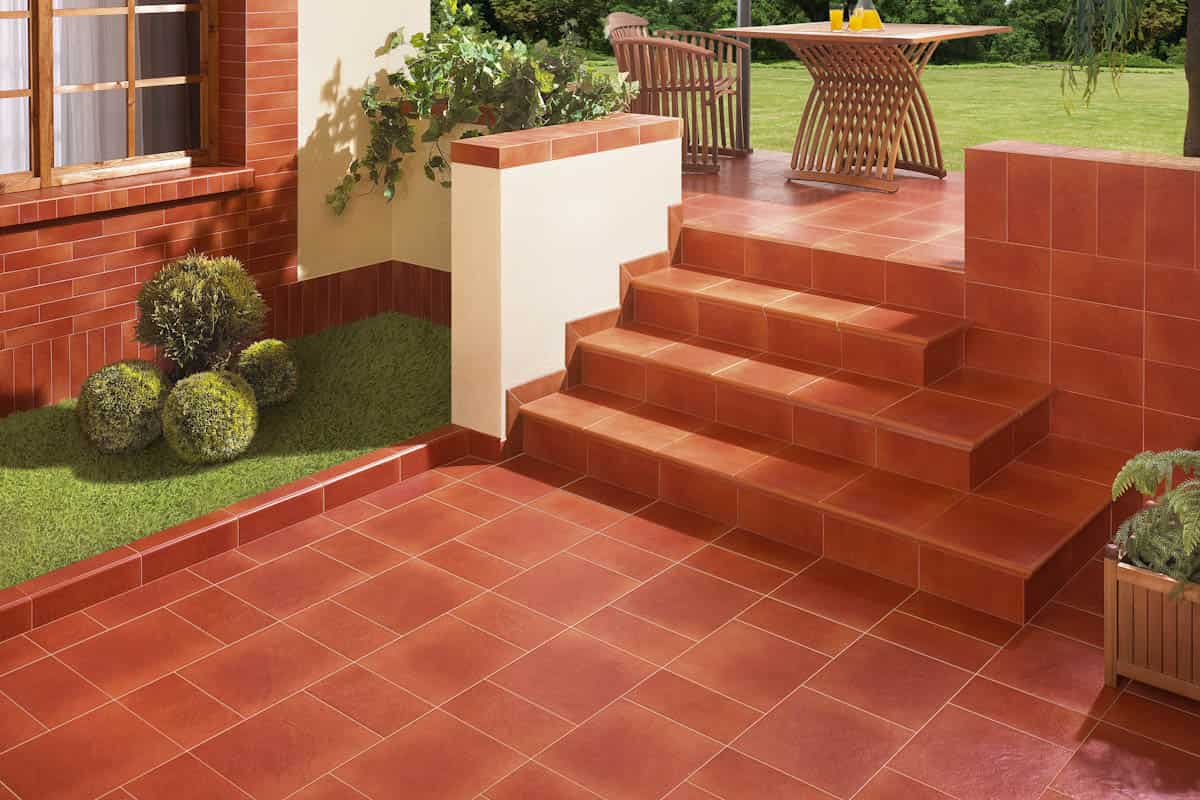
Use a “notched trowel,” a flat instrument for spreading adhesive, for building up layers of glue on the stairs until you have a flat, level surface before applying adhesive to the surface edges of the tile for installation.
If your steps are made of wood, you should first lay a backer board and check the level with a spirit level.
- Prepare the back surfaces for tiling in step 3
After leveling the surface and laying the backer board over the wood, the tiling process doesn’t end.
Regardless of whether your stair treads are constructed of wood or concrete, it would be best if you used a suitable surface leveling agent to make them flat.
Before putting down the first tile, wipe the stairs of extra glue and other debris using a moist cloth and mild soap after you’ve sanded everything down.
- Measure the area in Step 4
Tile installation can be challenging; if you’re unsure, it’s better to obtain professional assistance. You must be aware of the exact measurements needed and how to cut the tiles if you’re determined to DIY your tile installation. A tile cutter and a tape measure are also required.
The center point you want to cover and the size of your tile should be measured. As a general rule, you should include an additional width of 10% to 15% for cutting and shaping.
Tiles must be cut imaginatively to fit around tight corners, either by cutting them into small portions or by using a nose board where stairs rise.
- Use the proper adhesive in Step 5
It’s critical to select the proper adhesive for your stairway and tile selection.
There are several adhesives for each type of step tread, which will either be made of concrete or wood. When purchasing your adhesive, take into account the stair’s material carefully.
Additionally, the glue ought to be appropriate for the kind of tile you’re laying. A poor adhesive choice increases the likelihood of slippage, which is time- and money-consuming. If the tiles slide when walked on, that can also be dangerous on the stairs.
- Cut Tiles in Step 6 if Required
However, there are a few things to bear in mind while tiling the surface of your internal stairway. You should pay attention to the tiled steps and ensure that everything is balanced properly if you want your staircase to seem professional.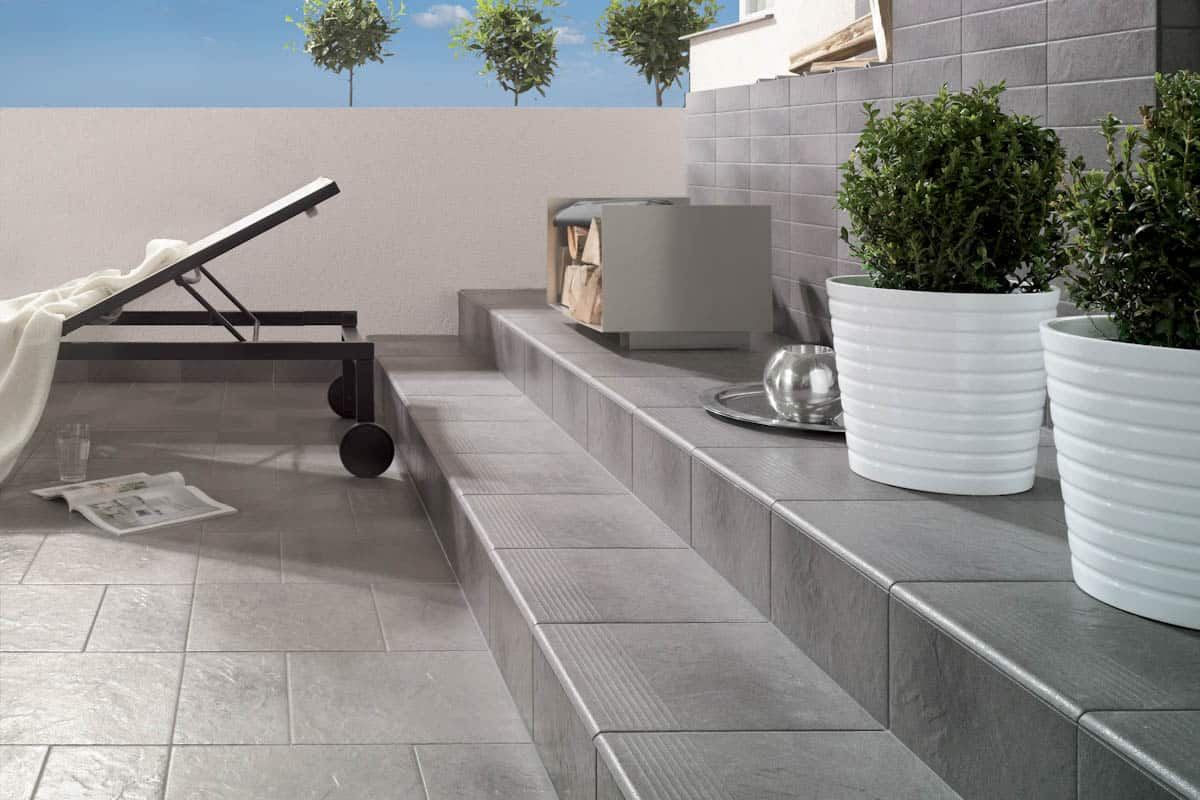
Don’t be scared to cut the tiles to fit the vertical length of the staircase or use a nose board. Your cut area will be sharper as a result.
- Grout the lines in Step 7
Grouting the lines is typically a routine process that gives the finished tiles extra strength and smooths out their rough appearance. For grouting, Weber Joint is a fantastic option!
This is the ideal grouting agent for all types of tiles, including ceramic, porcelain, and quarry tiles. Place the grout on the tile base after mixing it.
- Can indoor stairs be tiled?
Yes, but you need to make sure your steps are sturdy enough to support tile installation. The sort of tiles and adhesive you use may depend on the step tread of your stairs, whether it is made of wood or concrete.
Install a subfloor made of cement board if your staircase can’t handle the weight of tiles.
- Do the stairs require certain tiles?
You have the same options for laying down tiles on your stairwell as you do for your kitchen floor or bathroom wall.
Select from natural stone, porcelain, or ceramic. The benefits and downsides of each tile are listed below. Porcelain or natural stone are the greatest options because a staircase’s floor is heavily trafficked.
- How should my staircase be tiled?
Examine the stairwell and the floor tiles you intend to install. Tiles must be set flush against the wall on a surface that is perfectly flat.
For precise cutting, make sure the tile extends past the stair step next. Finally, use the best adhesive and clean the stairwell area with a moist cloth.
- Final Reflections
It’s a great idea to tile your stair treads and risers instead of using carpet or wood. Tile can give your house flair, but it’s crucial to install it properly on wooden stairs.
If you want to install the tile yourself and have some DIY experience, start by thoroughly researching the stair material and adhesive, as well as its weight-bearing capacity.
You still have options if the tile is too heavy for your stairs; you can support your stairs with a nose board or a sub-floor cement board.
There is no reason why you shouldn’t have a professional-looking finish if you follow the procedures for installing interior floor tiles and begin with all the necessary supplies and adhesives around.
Additionally, installing your own tile will save you money and simplify tile restoration.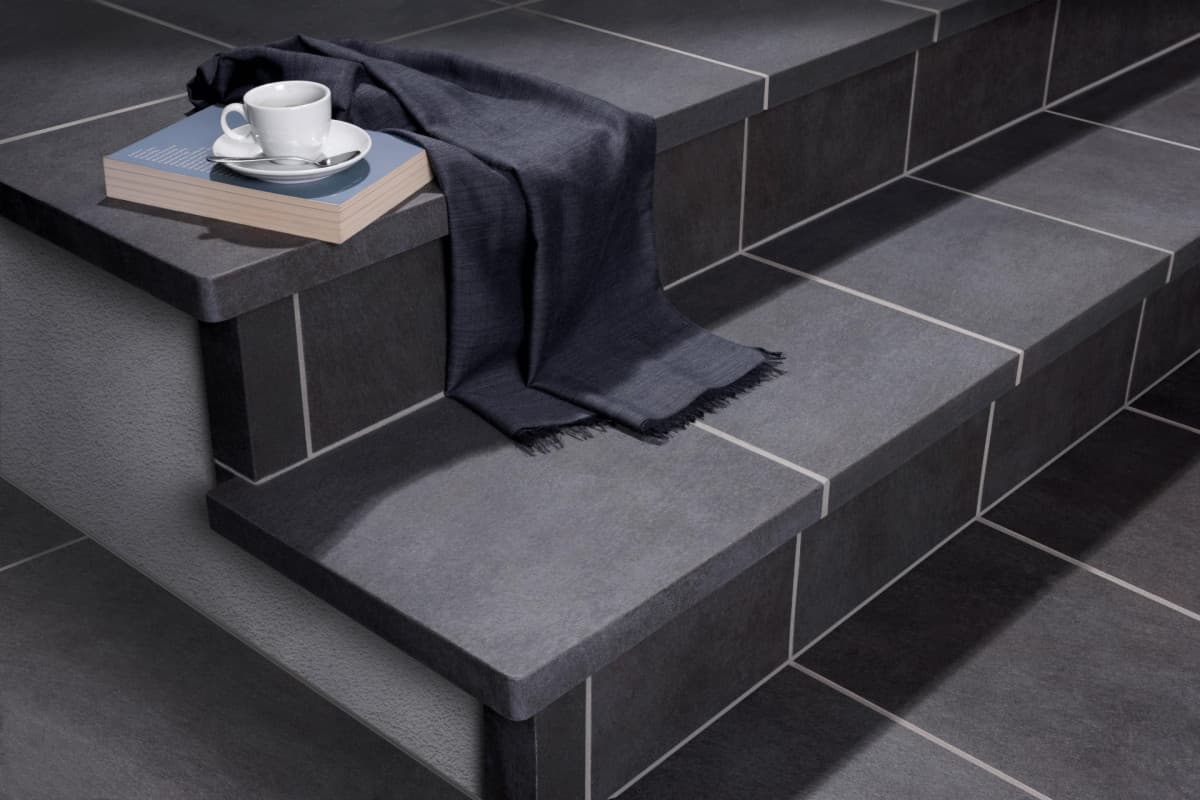

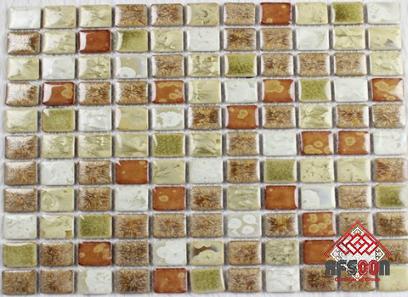

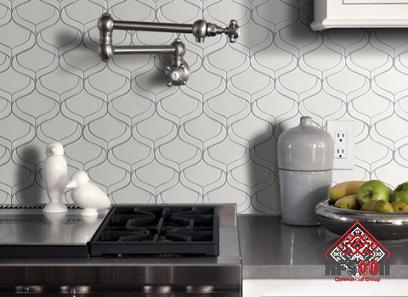
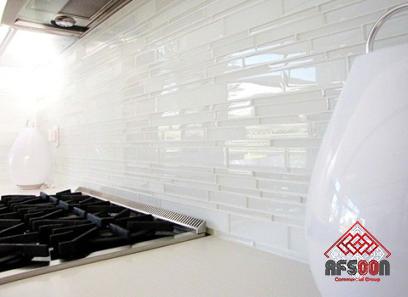
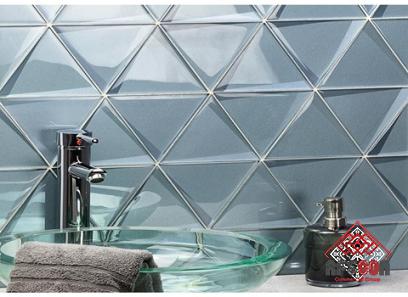
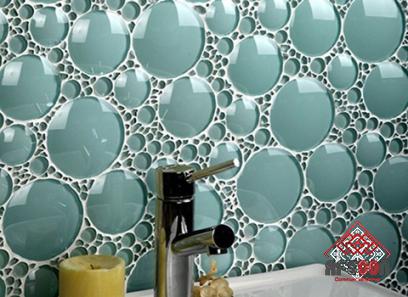

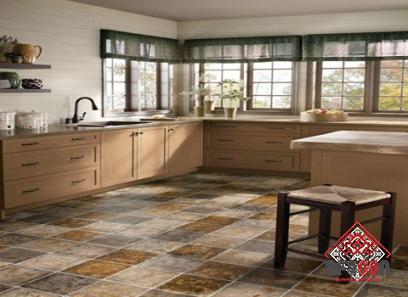
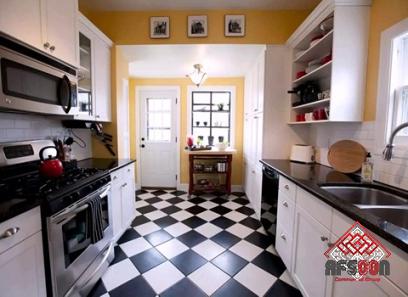

Your comment submitted.